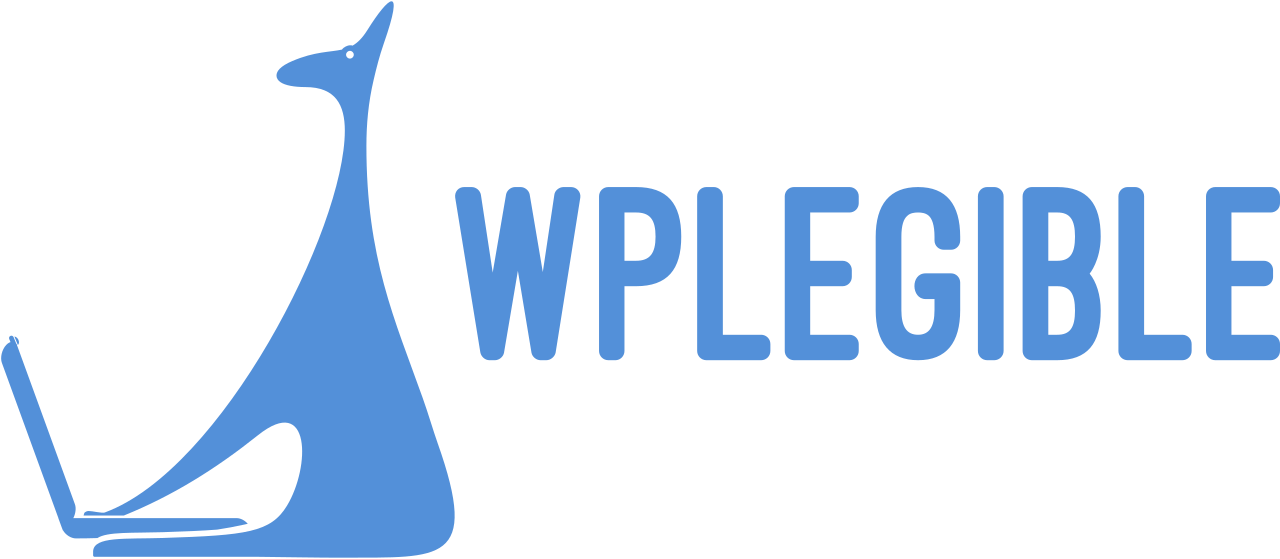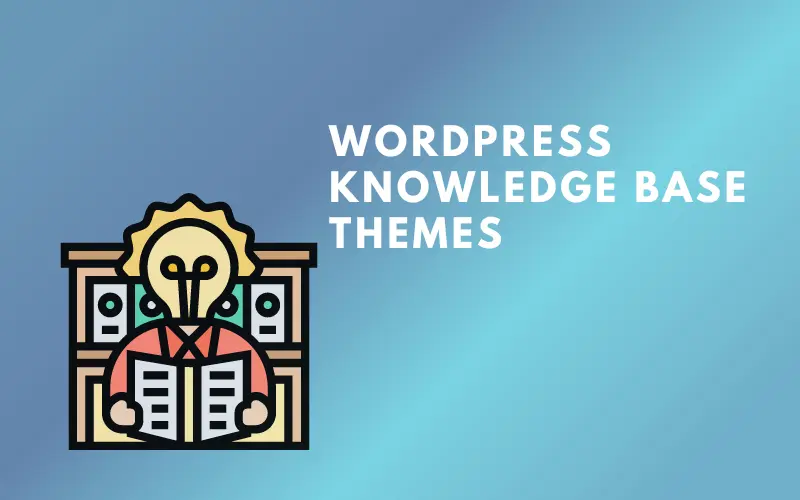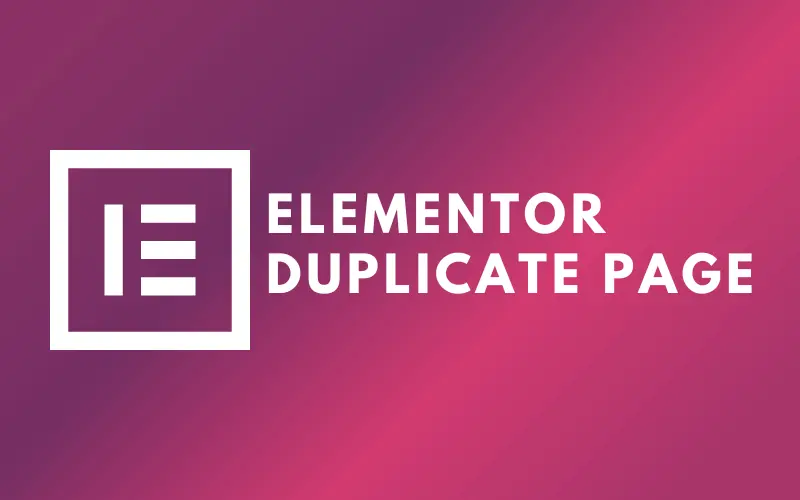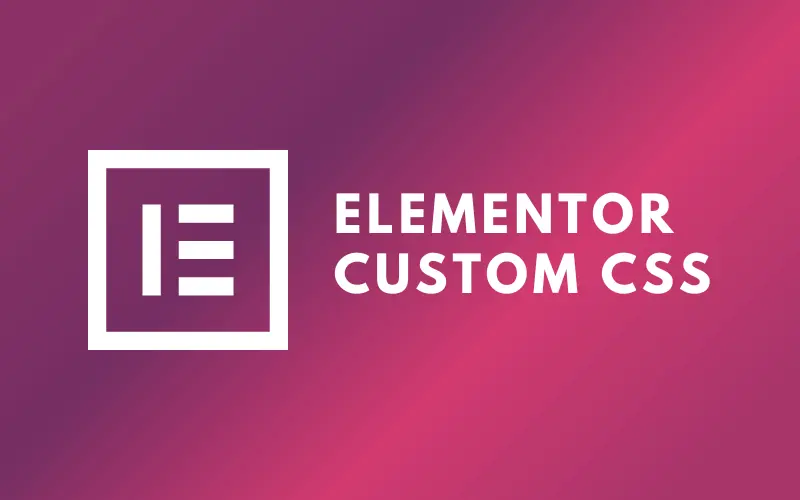Elementor vs Beaver Builder. Which one is the best website builder plugin for WordPress? Trying to decide between Elementor and Beaver Builder for your WordPress website design?
These are the two most widely used WordPress page builder plugins. Both can go beyond just page construction, allowing you to use a visual builder to design your complete theme and templates. That’s a strong value offer, but which one is best for your website?
To assist you decide, we’ll test both WordPress plugins and show you what they do effectively (and not so well). Both are excellent visual design tools for WordPress, so you won’t be disappointed.
Elementor vs Beaver Builder – Interface
Elementor Interface
When you first launch Elementor, you’ll notice a live preview of your design on the right and a fixed sidebar on the left. This fixed sidebar is where you do almost everything, including adding new widgets, altering widget, column, and section settings, and editing page-level settings.
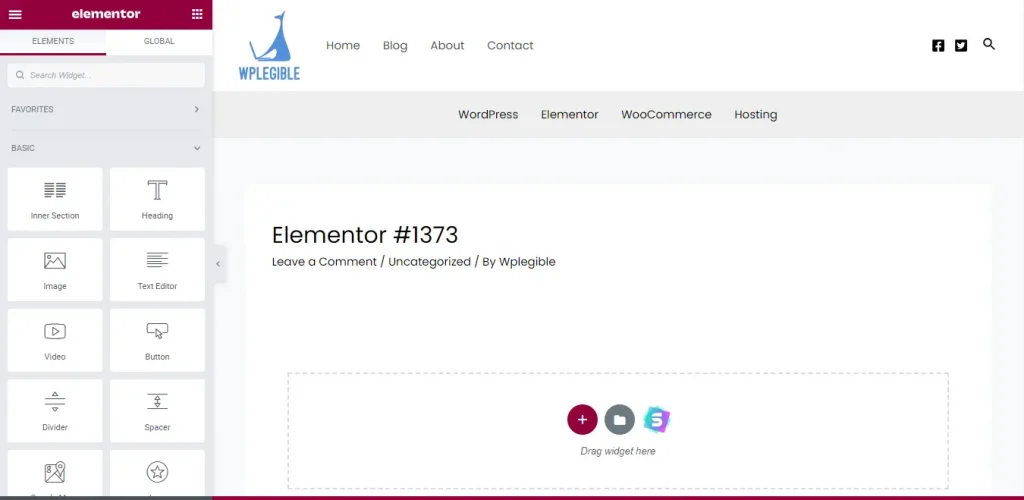
You also receive a Finder tool, which allows you to rapidly switch between designs or Elementor settings. This is very beneficial if you’re designing your complete site with Elementor.
Beaver Builder Interface
Beaver Builder shares several similarities with Elementor in terms of user interface. Like Elementor, it includes a sidebar that lists all of the available modules. All you have to do to add a module to your page is drag and drop it from the right sidebar into your live page:

Elementor vs Beaver Builder – Widgets
Elementor Widgets
- Sections: Sections are at the very top of the element hierarchy. A section organizes columns and widgets and allows you to change anything inside it.
- Columns: Columns are the second level of the hierarchy. They are designed to fit within sections and split your design vertically.
- Widgets: The third level of the hierarchy is widgets. These constitute your website’s real content. Text, photos, a price table, or anything else you want may be used as widgets.
You may create designs using 30+ widgets in the free version of Elementor. With Elementor Pro, you receive access to over 100 premium widgets to give your design even more flexibility.
Third-party plugins allow you to add extra widgets to Elementor. You might be interested in our post about Elementor addons.
Beaver Builder Widgets
Beaver Builder follows a similar strategy, although with different terminology:
- Rows: The top of the hierarchy, analogous to Sections in Elementor. Rows can be used to add consistent spacing and backgrounds to the material within.
- Columns: Columns are used to split your website vertically and fit inside rows.
- Modules: This is your site’s real content. Elementor’s counterpart of Widgets. They will include your text, graphics, buttons, and whatever else you choose to include.
Elementor vs Beaver Builder – Design Options
Elementor Design Options
You may use Elementor to apply design parameters to specific sections, columns, or widgets. There are three tabs for the design selections. The first two include fundamental design options like as typeface and colors, but the Advanced tab, as the name implies, allows access to advanced design settings.

Where Elementor Pro differs from Beaver Builder is that you have access to certain unique choices, such as the ones shown below:
- Motion Effects: Use fantastic scroll effects to make your designs more engaging and dynamic.
- Custom placement: For pixel-perfect positioning control on your drawings, employ absolute or relative positioning.
- Element-level CSS: Enables you to apply custom CSS to single widgets rather than the full page.
Elementor Pro also has a sitewide design system that allows you to establish sitewide style defaults for consistent designs. This is really useful if you use Elementor Pro as a theme builder.
Beaver Builder Design Options
Beaver Builder provides all of the fundamental design choices required for the majority of tasks. However, it falls short of the more extensive design choices provided by Elementor Pro.
Beaver Builder, for example, does not provide anything equivalent to Elementor Pro’s Motion Effects and unique placement. Design settings can be applied to individual rows, columns, and modules. These choices are usually organized into three tabs.

Beaver Builder, unlike Elementor Pro, does not allow you to apply custom CSS to individual elements, but you can simply add custom CSS to the entire page.
Elementor vs Beaver Builder – Responsive Design
Elementor Responsive Design
By default, all of your Elementor designs are responsive, which means they will look amazing on any device. To begin, you can quickly access responsive previews to check how your design will appear on various devices.
Then, you can:
- Customize design parameters based on device, such as employing a different font size dependent on the device of the user.
- Hide specific items dependent on the device of the user.
Beaver Builder Responsive Design
Beaver Builder, like Elementor, makes all of its designs responsive by default. You may use responsive previews to examine how your designs look on different devices.
You also have the following design modification options:
- Some stylistic aspects, such as font size, can be customized based on a user’s device.
- Certain aspects can be hidden on different devices.
Elementor vs Beaver Builder – Templates
Elementor Templates
If you don’t want to start from scratch, Elementor comes with hundreds of pre-built templates created by skilled designers. Templates are classified into three types.
- Pages: Pages are complete designs for individual pages.
- Blocks: Blocks are designs for particular pages parts. You may put them together like Legos to make a complete design.
- Website Kits: Website kits are complete website template kits that comprise a variety of coherent page templates.
You receive hundreds of individual page and block templates, as well as 80+ complete website kits (with more added every month).
Specific Elementor Pro features have their own templates as well. Popup Builder, for example, contains popup templates, whereas Theme Builder includes templates for your theme’s templates. It’s not a mistake – that’s template Inception.
Aside from that, you may save your own designs to the Elementor template library, allowing you to simply reuse them in the future.
Beaver Builder Templates
Beaver Builder also has a template collection, however it is less than Elementor Pro’s. Though templates are available, they are not Beaver Builder’s strong suit. There are two kinds of templates available:
- Pages: Pages are single-page templates.
- Rows: are templates for certain portions of a page that may be combined to create consistent designs. You may also save your own designs to the Beaver Builder template library to reuse them fast.
Elementor vs Beaver Builder – Pricing
Elementor Pricing
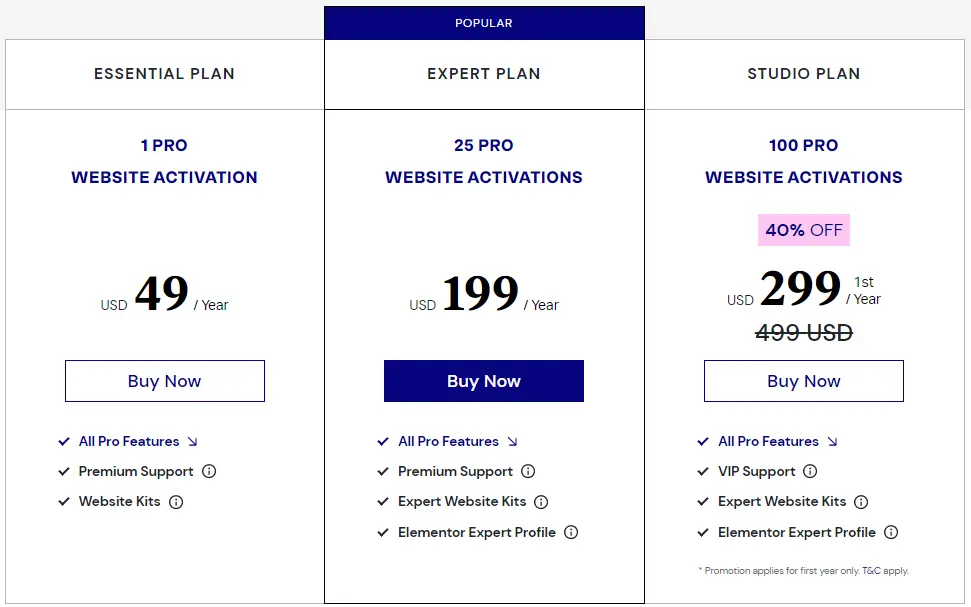
There are three paid plans available for Elementor Pro. The main difference between the Essential, Expert, and Studio plan is the number of licensed sites.
- Essential Plan
- Only have 1 website activation.
- Price: 49$/year.
- 100+ Basic & Pro Widgets.
- 300+ Basic & Pro Templates.
- 60+ Pro Website Kits Theme Builder.
- WooCommerce Store Builder.
- Landing Page Builder.
- Premium Support.
- Expert Plan
- Have 25 website activation.
- Price: 199$/year.
- 100+ Basic & Pro Widgets.
- 300+ Basic & Pro Templates.
- 80+ Pro & Expert Website Kits Theme Builder.
- WooCommerce Store Builder.
- Landing Page Builder.
- Premium Support.
- Elementor Expert Profile (Showcase your best work).
- Studio Plan
- Have 100 website activation.
- Price: 299$/year.
- 100+ Basic & Pro Widgets.
- 300+ Basic & Pro Templates.
- 80+ Pro & Expert Website Kits Theme Builder.
- WooCommerce Store Builder.
- Landing Page Builder.
- VIP Support (Priority response via live chat within 30 minutes).
- Elementor Expert Profile.
Beaver Builder Pricing
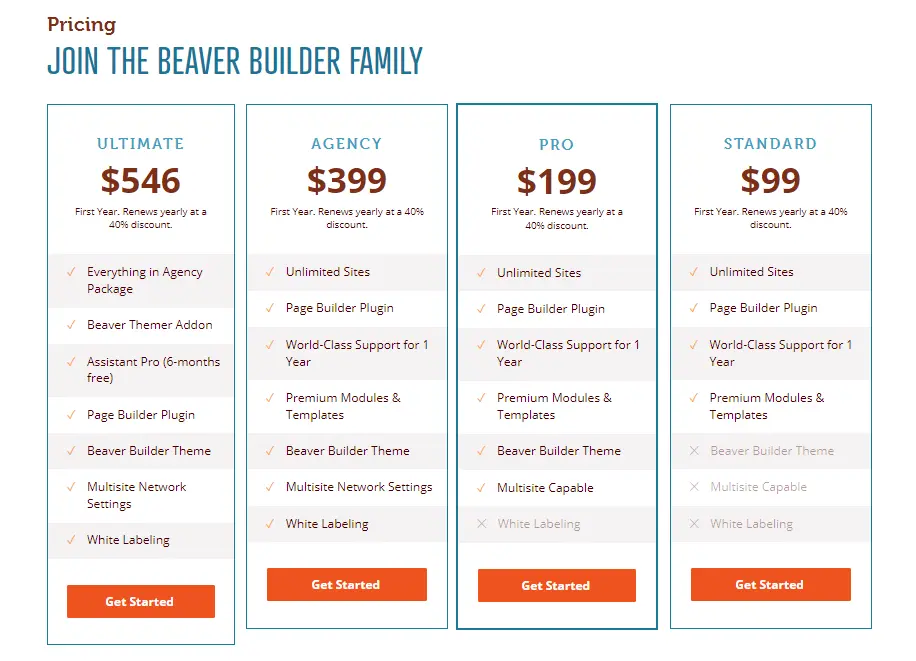
There are four plans for Beaver Builder:
- Standard
- Price: 99$ first year and 40% of the price the year after that.
- Unlimited sites.
- Page Builder Plugin.
- Support.
- Premium Modules and Templates.
- Pro
- Price: 199$ first year and 40% of the price the year after that.
- Unlimited sites.
- Page Builder Plugin.
- Support.
- Premium Modules and Templates.
- Beaver Builder Theme.
- Multisite Capable.
- Agency
- Price: 399$ first year and 40% of the price the year after that.
- Unlimited sites.
- Page Builder Plugin.
- Support.
- Premium Modules and Templates.
- Beaver Builder Theme.
- Multisite Capable.
- White Labeling.
- Ultimate
- Price: 546$ first year and 40% of the price the year after that.
- Unlimited sites.
- Page Builder Plugin.
- Support.
- Premium Modules and Templates.
- Beaver Builder Theme.
- Multisite Capable.
- White Labeling.
- Beaver Themer Addon.
- Assistant Pro (6 – month free).
Conclusion
Elementor and Beaver Builder are two of the best page builders available. That’s why we created Starter Templates in both Elementor and Beaver Builder.
Elementor provides a plethora of choices, layouts, and page components. It also has a nice interface, performs well, and is reasonably priced for the amount of power it gives.
Beaver Builder is faster to use and load menus, but the interface isn’t as visually appealing. The side menu also loads the whole contents at once, as opposed to needing to scroll to find an element like in Elementor.
Both page builders provide adequate free versions and are constantly updated to address issues, add functionality, and enhance the overall offering.
But if you have to choose between the two, Elementor is definitely the better page builder. We hope we were able to clarify the Elementor vs Beaver Builder question for you.
